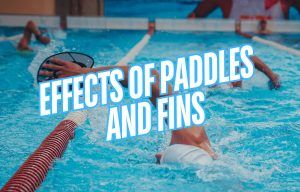
How Do Swim Fins and Paddles Change Swim Technique?
Fins and paddles are popular tools for training and improving swim performance. But how do they impact technique and speed? Let’s find out.
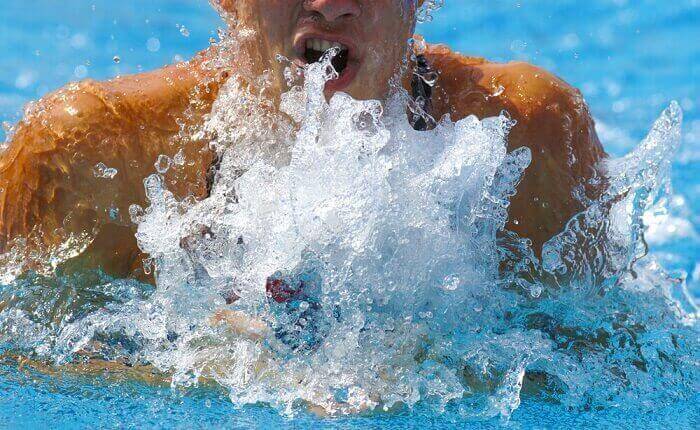
No matter what your stroke or discipline, or whether you are a beginner swimmer or an internationally ranked athlete the fundamentals of improvement in the pool remain the same. Here are 7 swimming tips for better swimming.
The first step in how to swim faster is your technique.
Jumping into the pool and banging out a couple sets at max intensity will give you a great workout, there is no doubt about that, but how much of that swimming is performed with awesome technique?
It’s tempting to want to base our performance in the pool on sheer effort and will, but if you are serious about wanting to swim faster you must also be swimming with focus and intent. When you train deliberately this means you are performing your swimming workouts with both effort and focus.
The ultimate foundation of a successful swimmer is having great technique. As you progress, poor technique acts as a glass ceiling for your abilities, something we will touch more on in a few moments.
Trying to make wholesale technique changes is difficult and will leave you feeling overwhelmed. Focus on one thing at a time until you are totally nailing it, and then move on to the next thing.
Conversely, if you absolutely have to work on different aspects of your stroke and training, start out by separating them by set.
So for instance, during your warm-up you would focus exclusively on maintaining a high elbow catch. During the pre-set you’d work on proper body roll. As they both become consistent fixtures of your swimming they will blend into your regular stroke.
Focus on one thing and do it insanely well in the pool.
Our biases are nearly countless. They exaggerate our fears, downplay our strengths, and make us think that we worked harder on that set than we actually might have. They extend to how we view our technique, as well.
That hand entry turns out to be not nearly as wide as we thought. We drop our elbow when tired, without noticing. And so on.
Having a coach, or video feedback in the case of training solo, will help you correct mistakes in your technique early on.
There are a lot of meters and yards ahead of you to be swum, and getting your stroke right before jumping into them is fundamentally important. The further you go down the path of your swimming career the harder it becomes to make adjustments and change course.
Practice, get feedback, apply it, and repeat.
One of my favorite ways to get hyped before training is to boot up a couple YouTube videos of some of my favorite swimmers.
Whether it is Matt Biondi’s cruising, effortless freestyle, or watching Phelps or Lochte belt out monster underwater dolphin kicks, watching other swimmers swim the way that I want to swim helps me internalize the movements for when I get in the water later.
We respond well to mimicry via something called mirror neurons in our brains, that helps us internalize the movements and actions of others, giving credence to the expression “monkey see, monkey do.”
Water provides resistance. A whole heap of it. Being nearly 800 times denser than air at sea-level, swimmers are continually warring against the resistance of water.
From streamlining, to shaving down our bodies, to donning expensive tech suits we are forever battling the density of the water.
Swimming isn’t always about getting stronger or more powerful, but being more efficient. If you look at a swimmer’s body, you begin to understand what I mean; they are built lean and designed to battle the density of water. Michael Phelps, at 6’4” weighs *only* around 190 pounds.
Lean, efficient.
Alexander Popov, arguably the greatest sprint freestyler of all-time would regularly swim long bouts of freestyle, all the while exploring the nooks and corners of his stroke, endlessly seeking out ways to make it more efficient and easier to slide through the water.
Seek to make your stroke more efficient by making it long, while also keeping a low profile in the water.
The top swimmers in the sport make it look supremely easy, don’t they? We can watch someone like Michael Phelps swim and think to ourselves that because it looks so relaxed, that it must be easy.
The relaxed stroke masks a level of mastery and ruthless dedication to training better and faster over years of training. They’ve earned that “easy” and powerful stroke over miles and miles of focused meters and yards in the pool.
Whether your goal is going to the Olympics or making your high school varsity team it requires practice.
It requires showing up and putting in the repetitions.
Swimming with fantastic technique and great effort for a few lengths is awesome; doing it repeatedly over weeks, months and years is greatness.
Swimming is a sport of numbers. Stroke counts, stroke rates, intervals and heart rates all add up for a statistician’s dream come true.
More importantly, they give you very specific, measurable benchmarks that you can work on progressing and improving over time.
Focus on the number that matters most to you and work on improving it.
Progression should be the ultimate goal from week to week in the pool. After all, progression acts as a motivational IV-drip, providing a steady and consistent sense of momentum that will keep you focused and inspired to work hard at the pool.
Whether it is doing more meters at race pace, knocking out more 100’s at a specific interval, or holding a particular stroke count for longer and longer distances, there are countless ways to measure and progress your swimming.

Olivier Poirier-Leroy Olivier Poirier-Leroy is the founder of YourSwimLog.com. He is an author, former national level swimmer, two-time Olympic Trials qualifier, and swim coach.
✅ Free shipping on Orders over $49
✅ Price Match Guarantee
✅ Best selection of gear for training and competition
✅ Fast and Easy Returns

“This is the best book I have ever seen concerning mental training.” — Ray Benecki, Head Coach, The FISH Swim Team


Fins and paddles are popular tools for training and improving swim performance. But how do they impact technique and speed? Let’s find out.
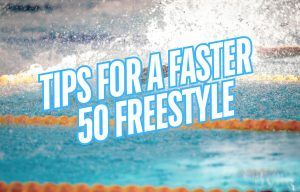
Looking to swim the 50 freestyle faster? Here are seven proven strategies for uncorking more speed in the splash and dash.
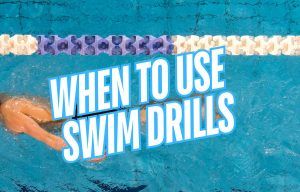
Wondering when to use swim drills to accelerate technique improvement? Here are some handy guidelines and more advanced strategies to deploy drills for faster swimming.
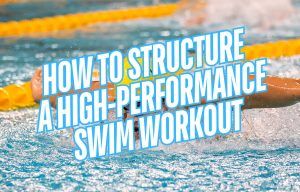
Frustrated with ineffective, unfocused swim workouts? Here is how to organize a well-structured swim workout that delivers results and faster swimming.
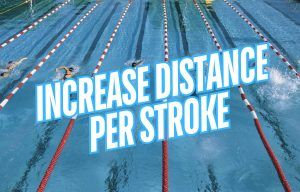
Ready to get more efficient in the water and increase distance per stroke? Here are some proven tips for increase stroke length with your swimming.
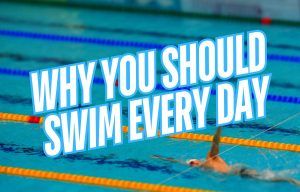
Ready to get your chlorine on? Here are nine reasons to make swimming part of your daily routine.
SITE
SHOP
GUIDES

LANE 6 PUBLISHING LLC © 2012-2025
Join 33,000+ swimmers and swim coaches learning what it takes to swim faster.
Technique tips, training research, mental training skills, and lessons and advice from the best swimmers and coaches on the planet.
No Spam, Ever. Unsubscribe anytime.
